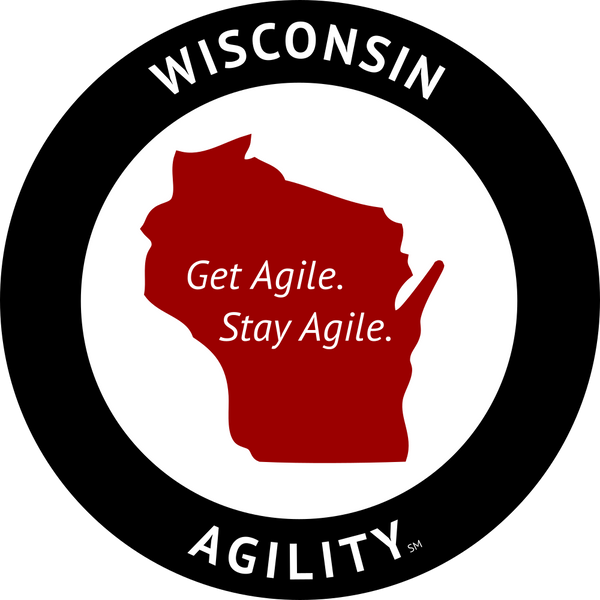Refining the Product Backlog: From Intake to Impact
Chad Beier and Jeff BubolzShare
Refining the product backlog is crucial for ensuring that teams are aligned, focused, and delivering real value. Yet, many teams struggle with the foundational elements of their backlogs, often falling into the trap of adding large projects or saying "yes" to everything, which dilutes focus and weakens strategy. In this post, we’ll discuss how to transform your backlog from a list of tasks into a powerful tool for delivering impact and maximizing value.

The Problem with Projects in Your Product Backlog
One of the most common mistakes teams make is allowing large projects to enter the product backlog. When a project is added, it often prevents teams from creating the feedback loops necessary to validate outcomes and ensure they're heading in the right direction. Instead of continuously learning, teams fall into an analysis mindset, simply executing tasks without confirming they’re building the right thing.
Avoiding large project entries in your product backlog is key. By doing so, you can ensure that learning happens incrementally, allowing your team to discover the best ways to maximize value.
Focus on Impact and Outcome Statements
Instead of focusing on tasks and deliverables, shift your approach to capturing impact and outcome statements during your intake process. This isn’t just a one-time phase but something to practice continuously. By crafting these statements, you can center your backlog around why you're doing something rather than just what you're doing.
Impact and outcome statements help your team stay aligned with the overarching goals and ensure that you’re always moving toward delivering tangible value.
From Stakeholder Management to Stakeholder Engagement
The term "stakeholder management" often comes up in discussions around product ownership, but the goal should be to move toward "stakeholder engagement." Instead of managing people, build relationships with key stakeholders so you can have authentic and sometimes difficult trade-off discussions. Many product owners try to please everyone, but in doing so, they lose sight of what truly matters—focus and strategy.
When you say "yes" to something, you're simultaneously saying "no" to something else. These decisions shape your team’s focus and strategy. If you say yes to everything, there is no strategy. Visualization can be an effective way to engage stakeholders and sponsors in trade-off discussions.

Rationalizing Stakeholder Requests with User or Customer Data
It’s not enough to follow orders from the highest-paid person in the room. While opinions are valuable, data should always be a key consideration in backlog refinement. Look at customer behaviors, market trends, and other measurable factors before deciding what to focus on.
Taking a data-driven approach will ensure that you’re aligning stakeholder expectations with what’s best for the product, and ultimately, the organization.
Improving Your Intake Process
Your intake process can make or break your product backlog refinement. The first thing that gets captured has a significant impact on how it evolves. If you aren’t thoughtful during intake, you could create a backlog that becomes cluttered and overwhelming.
Here are some key indicators of a healthy backlog:
- Short, Emergent Backlogs: If your backlog has fewer than 50 items and is constantly evolving, you’re likely staying agile and responsive to market changes.
- Long, Stagnant Backlogs: If your backlog has items that have been sitting there for years, it’s a sign that your process needs improvement. You’re likely missing opportunities to be more adaptive.
Focusing on a small, emergent backlog leads to better adaptability and responsiveness—two key components of operational agility.
From Intake to Impact
Refining your product backlog is an essential practice for any agile team. By focusing on impact and outcome statements, engaging stakeholders with value-based decisions, and maintaining a short, emergent backlog, your team will be better positioned to adapt and deliver meaningful value. Keep your backlog lean and focused, and you'll unlock the full potential of your team's agility.
